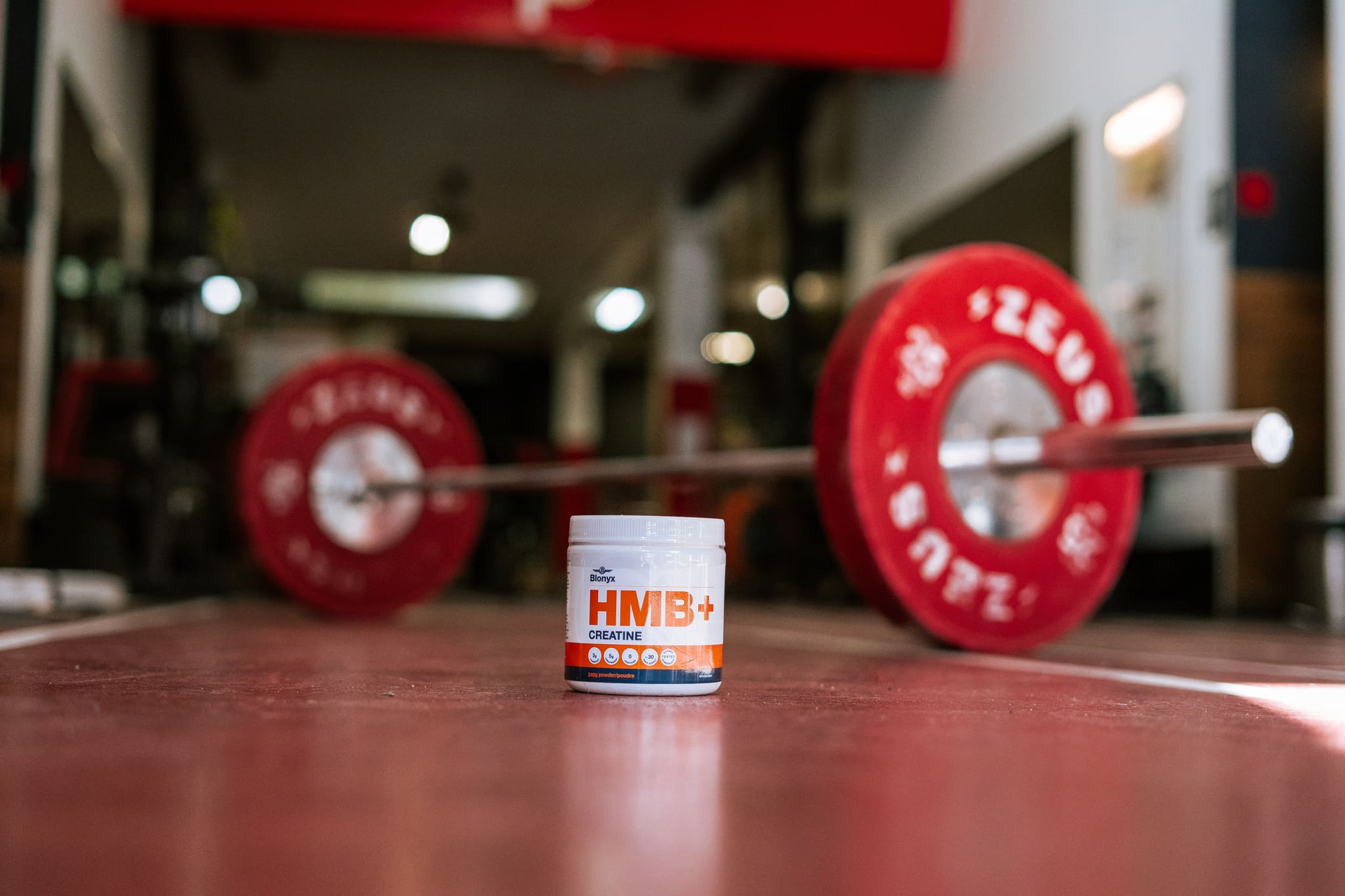Welcome to my weekly summary of the latest research from the world of sports science!
This week’s sports science roundup dives into how creatine and HMB help older adults stay strong and mobile, why women don’t need to stress over post-workout protein timing, and what really happens inside your body after running a marathon—from kidney strain to inflammation and recovery—read on.
Creatine and HMB Improve Functional Capacity in Older Adults
This study tested how supplementing with creatine, HMB, or both affected muscle performance and mobility in older adults completing an 8-week resistance training program. Participants were assessed on strength, endurance, and function—think sit-to-stands, stair climbs, push-ups, and arm curls.
Those taking both creatine and HMB saw the biggest improvements in leg and upper-body strength, core endurance, and daily-movement performance. Interestingly, these benefits weren’t tied to big increases in muscle size—suggesting the combo improved muscle quality more than bulk in this instance.
My thoughts: Both creatine and HMB have growing reputations as effective tools for aging athletes—and this study reinforces that. As research continues to highlight HMB’s role in muscle preservation and creatine’s potential cognitive benefits, combining the two is looking like a smart strategy for healthy aging.
Post-training Protein Timing Doesn’t Impact Muscle Protein Synthesis

This study tested whether the timing of protein ingestion after resistance training affects muscle protein synthesis rates in women. Twenty trained women completed a full-body workout, then took 25g of whey protein either immediately afterwards or two hours later.
Researchers measured muscle protein synthesis using tracer methods and muscle biopsies, and found rates were the same regardless of when the protein was consumed. This showed that as long as total protein intake was sufficient, that timing isn’t critical—at least for women in this context.
My thoughts: The "anabolic window" is the theory that there's an optimal period to consume protein post-training to maximize recovery. All the initial research on this topic was conducted on men, so it’s great to see more recent studies including women. You can read more about when the anabolic window matters, however, if your recovery nutrition is sound, the timing window appears to be more flexible than once thought. Speaking of recovery, we created Egg White Protein Isolate to help you get the high-quality protein you need—regardless of when you get it.
Running a Marathon Strains Multiple Body Systems (Not Just Your Muscles)

This study tracked 23 trained runners before, after, and 24 hours following a marathon to see how the event affects different body systems. Blood and urine markers showed short-term stress on the kidneys, gut, and inflammatory pathways. Filtration rates dropped temporarily, gut permeability and inflammation rose, and sodium regulation shifted—though all returned to baseline within a day. In short: running a marathon challenges not just your muscles and energy stores, but your entire internal system’s ability to maintain balance under stress.
My thoughts: I always assumed that a marathon distance—or any long distance endurance event—puts considerable, short term strain on your body, but never put that much thought into exactly what that strain might be. With the kidneys working to maintain blood volume and sodium levels, and the gut trying to absorb carbs while losing blood flow, these results make a lot of sense. To make your recovery after an event like this easier, check out Beet It Regen Cherry+ for reducing soreness and inflammation.
That’s all for this week! If you learned something new and are curious to know more, head over to the Blonyx Blog or my growing list of weekly research summaries where I help you further improve your athletic performance by keeping you up to date on the latest findings from the world of sports science.
– Train hard!
Looking for more ways to keep up with Blonyx?
Now, you can join the Blonyx Strava Club to track your progress, share training tips, and connect with athletes who share your athletic ambition.
You can also follow us on Instagram and Facebook for additional sports science information, announcements, exciting giveaways, and more!


